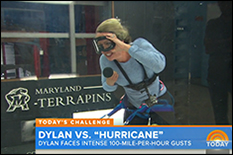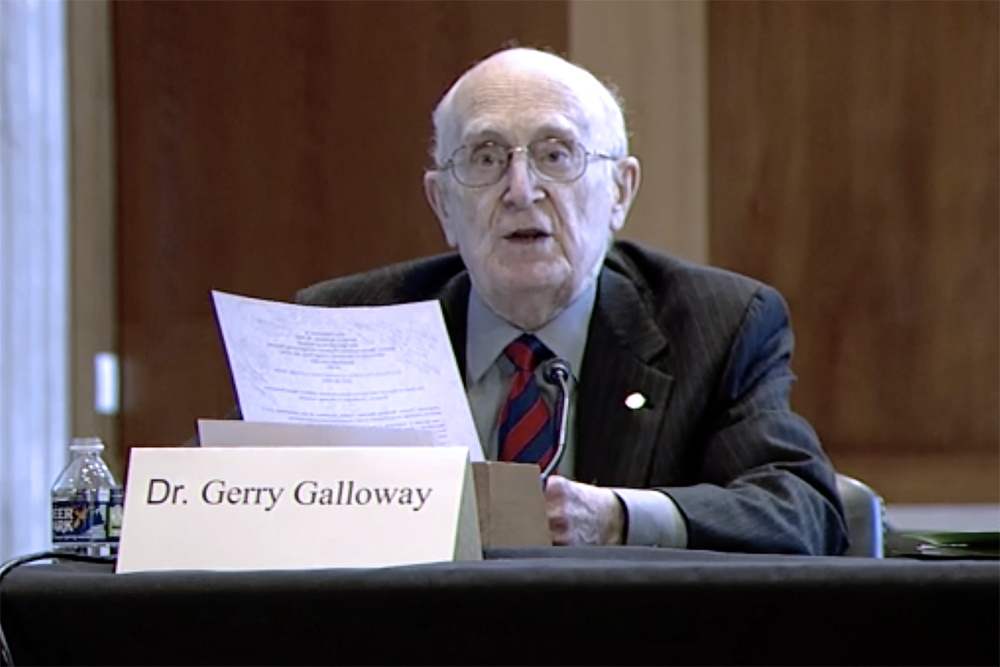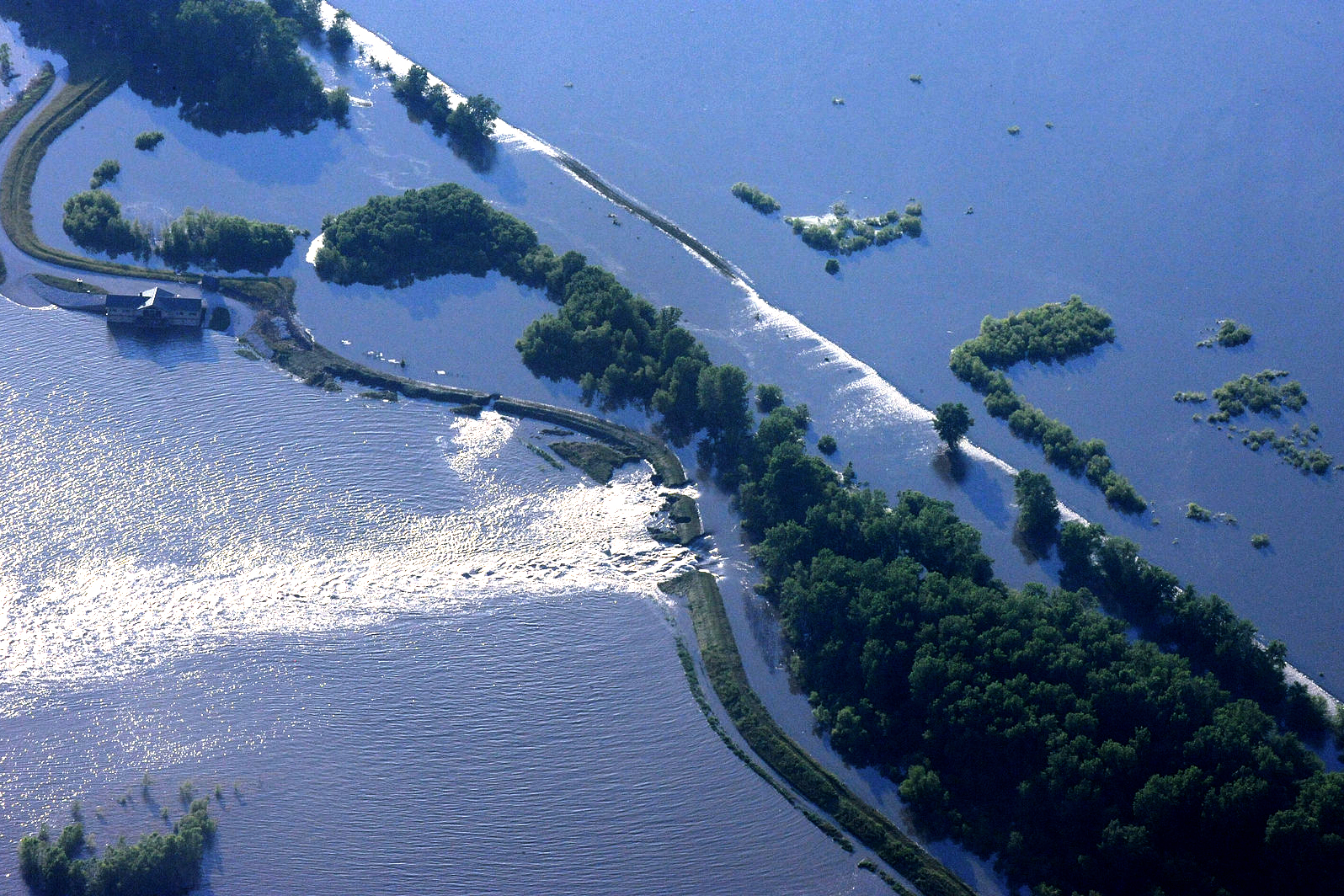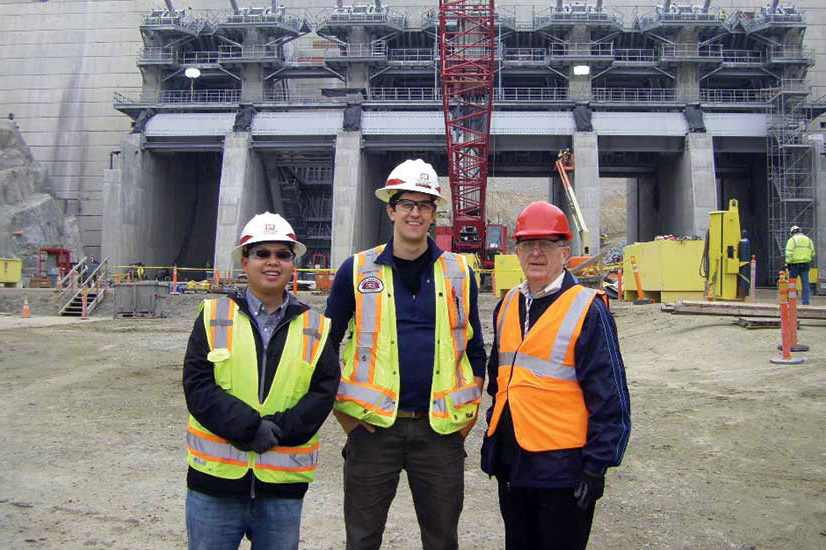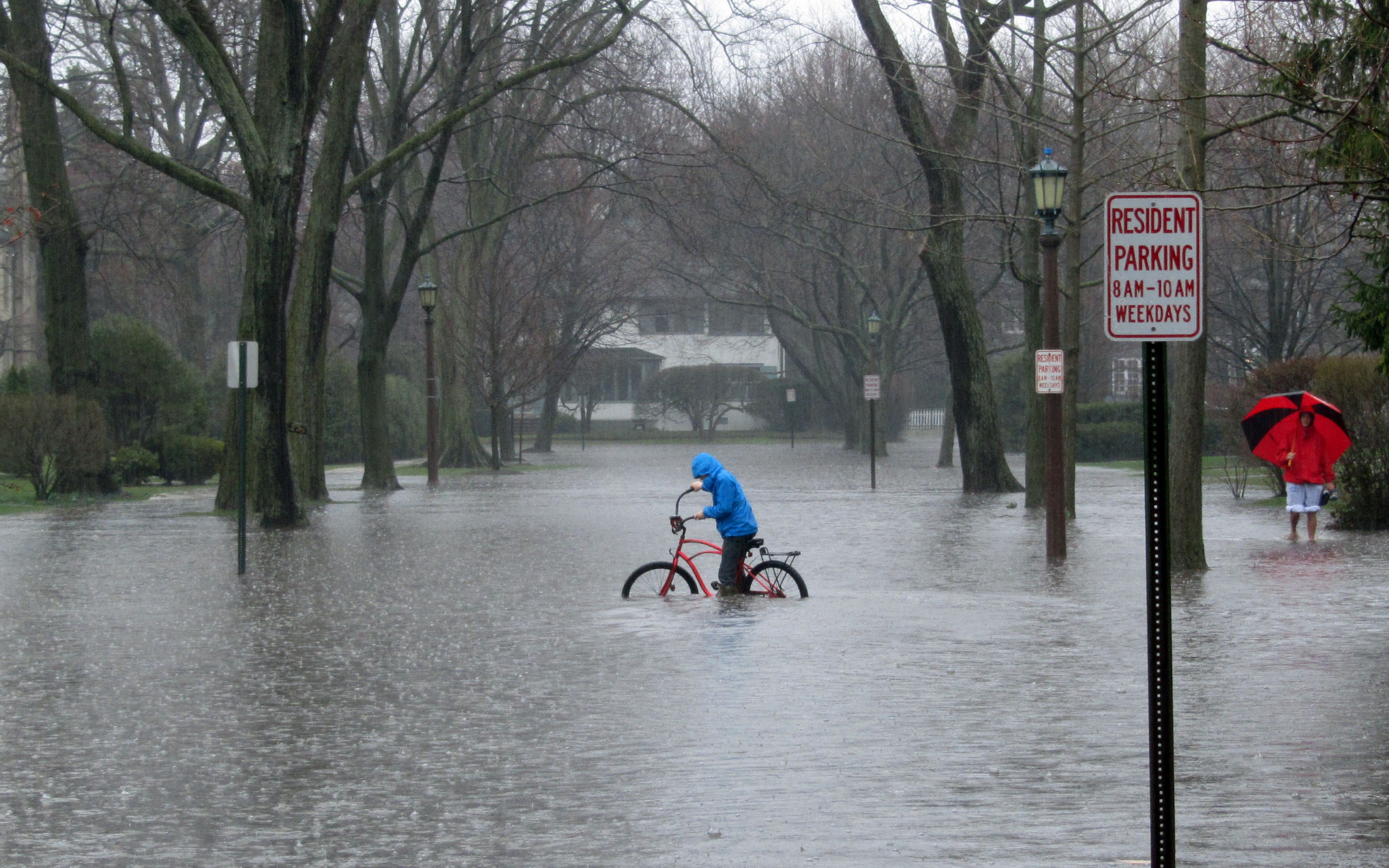News Story
“It Only Takes One Storm,” Caution UMD Disaster Resilience Experts
Media Contact:
Alyssa Wolice
301-405-2057
awolice@umd.edu
College Park, Md. – While early reports indicate the 2015 hurricane season could carry fewer named storms than the historical average, University of Maryland (UMD) Center for Disaster Resilience (CDR) experts warn that any storm could expose infrastructure vulnerabilities and emergency response challenges. With hurricane season in full swing, CDR researchers have geared recent efforts toward informing the public about the threats hurricane season may bring – most especially, flooding.
“It should matter little to communities what the number of named or major hurricanes expected for the 2015 season might be,” said Dr. Gerald Galloway, CDR Associate and University of Maryland Glenn L. Martin Institute Professor of Engineering. “It only takes one storm to expose a community’s or region’s vulnerabilities. Even more, some of the nation’s costliest hurricanes – including Hurricane Sandy – were Category 2 or lower when they made landfall in the U.S.”
Coastal and riverine communities must ramp up resilience measures as the peak North Atlantic storm season fast approaches, said CDR experts. In fact, a direct hit by a storm of Sandy’s caliber could spell calamity even for the Washington metropolitan area, they warn.
“Many people in the D.C. area do not realize that they’re actually in a tidal zone and that they are subject to coastal inundation,” said Dr. Sandra Knight, CDR Director, UMD Department of Civil and Environmental Engineering Senior Research Engineer, and FEMA’s former Deputy Associate Administrator for Mitigation. “Often, they feel like they are far away from the beach so they are not at risk, but D.C. is certainly impacted by tides and coastal storms. The first step toward building resilience is raising awareness to the fact that this is a coastal region, subject to many of the same risks shoreline communities face.”
Even with the recent completion of Washington’s 17th Street flood levee – designed to reduce risk to human safety and critical infrastructure downtown from Potomac River flooding – floods pose a major concern throughout the area.
“The largest flood ever recorded in Washington, D.C. reached 7.9 feet in the early 1930s,” Knight said. “But, unprecedented storm surge could threaten billions of dollars’ worth of property, including critical infrastructure, national icons, and national security interests. When you factor in the impact of climate change and rising sea levels, you realize that a direct hit from even a Category 2 hurricane could carry a significant amount of risk in the nation’s capital.”
Knight and Galloway noted that, while the 17th Street levee serves to protect downtown Washington in the event a 100-year storm should hit the Potomac region, interior flooding – such as that resulting from heavy rainfall – is still a major concern. Even more, a significant weather event in the nation’s capital could have a spillover impact on other areas across the East Coast.
“Washington presents a unique scenario,” Knight said. “In addition to concerns over human safety and property, residents, emergency responders and policymakers must also consider how a major weather event in the capital region could impact government operations, national security, transportation systems, and the economy. For instance, a direct hit from a major hurricane could put military bases and Department of Defense facilities at risk. A major weather event in D.C. could also impact travel and the transport of goods, and force a government shutdown that could cause a ripple effect on the national economy.”
Still, it is important to remember that Washington, D.C. is not the only area in the national capital region that experiences flooding, Knight and Galloway noted.
“As sea levels continue to rise, unprecedented flooding could threaten more than $40 billion worth of property in Maryland, Virginia and Delaware,” Galloway said.
With this in mind, CDR researchers are setting out to educate both the general public and policymakers about the actions that need to be taken to ensure communities are resilient – even if a “worst-case scenario” weather event should hit this summer.
“Until the right measures and structural safeguards are in place, the odds a hurricane or summer storm could make a historical impact on the D.C. area – or another riverine or coastal community – will continue to rise,” Galloway said.
About the Center for Disaster Resilience
Housed within the University of Maryland’s A. James Clark School of Engineering, the Center for Disaster Resilience serves to assist individuals, communities and governments in understanding and reducing the catastrophic effects of natural hazards, especially coastal and riverine flood hazards. A team of risk and resilience experts and their partners in government, private practice and academia, provide risk assessment, risk communication and risk reduction capabilities to help decision-makers in building community resilience. Specializing in flood and coastal risk management, the center can help communities integrate the complex science and engineering of flood risk analysis with the often confusing policies around land-use, building codes and environmental protection to improve watershed and coastal planning. The center excels at bringing stakeholders together to find and implement sustainable, disaster resilient solutions.
The Center for Disaster Resilience works in close cooperation with various state and District of Columbia agencies, as well as the Maryland and D.C. Silver Jackets.
Published May 15, 2015


